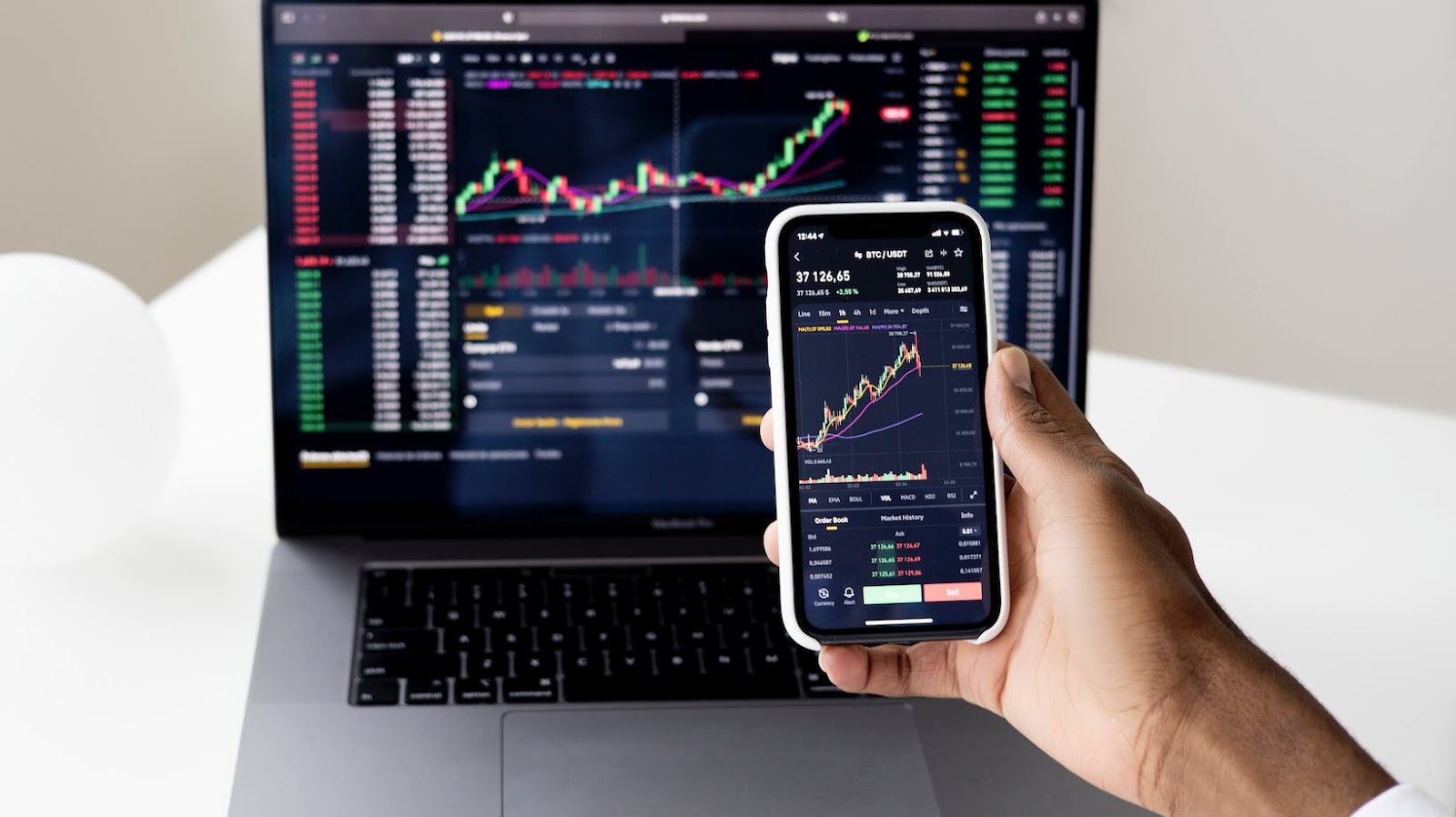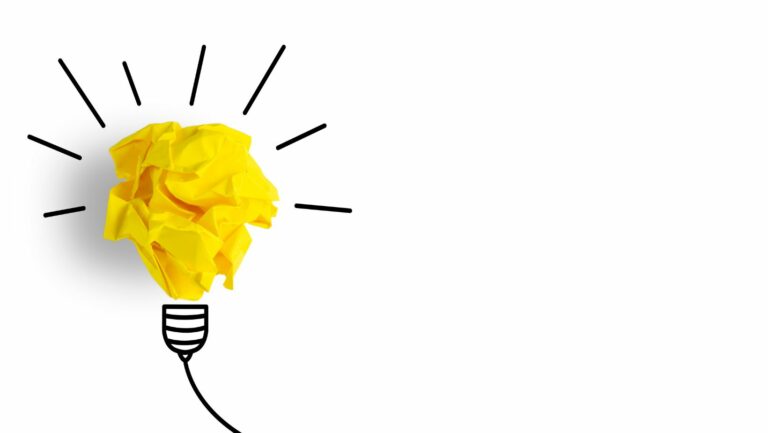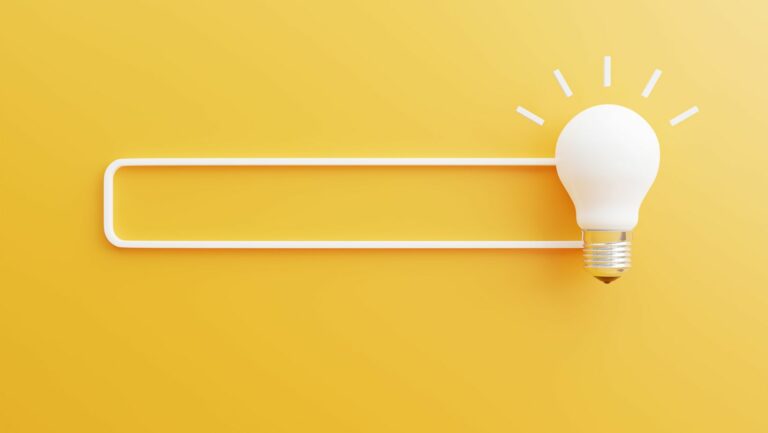Mastering CPI Quiz Answers: Tips and Insights
What is CPI?
Before we dive into the specifics of the CPI quiz answers, let’s first understand: What is CPI? CPI stands for Consumer Price Index. It’s a measurement that economists use to track changes in the prices of goods and services over time. It serves as an important parameter for understanding inflation, the general increase in prices and fall in the purchasing value of money.
If the CPI is going up, that generally means prices are increasing. If it’s down, prices might be decreasing. CPI data can affect many aspects of our lives like interest rates, tax brackets, and even Social Security payments.
CPI data is further broken down by region, category, and size of the city, among other factors. This granularity helps us understand the cost of living in different areas and evaluate where inflation might be hitting hardest. Economists, businesses, and governments all use CPI data to make informed decisions.
To calculate the CPI, a basket of goods and services is chosen, reflecting typical consumer spending patterns. Then prices for these goods and services are tracked over time. If the price of the goods in the basket goes up, the CPI rises. If it falls, the CPI decreases. These fluctuations provide vital information about economic health.
Understanding CPI is critical for answering CPI quiz questions accurately. So, now that we’ve established a solid foundation on what CPI is, we’re better prepared for delving into the CPI quiz and its answers. Be sure to make note of this important concept – it’s a key factor in several of the quiz questions that we’ll be tackling next.
CPI Quiz Answers
We often encounter a variety of questions about the Consumer Price Index (CPI). Here we’ve gathered some of the most common CPI questions that’ll pop up on quizzes. Breaking these down will not only help in quiz preparation but also deepen the understanding of this significant economic indicator.
What does CPI Stand for?
The term CPI stands for Consumer Price Index. It’s an economical tool that measures the average changes over time in the prices paid by urban consumers for a market basket of consumer goods and services. Indexes are available for various geographical areas and for different categories and subcategories of goods and services.
How is CPI Calculated?
CPI is calculated using a process that encompasses several steps:
- Selection of the market basket: A specific group of goods and services is chosen which represents the overall consumption habits.
- Finding the price: The prices of the goods and services included in the market basket are found.
- Calculation: The cost of the current year’s market basket is compared to the cost of the same basket during the base year to compute the CPI.
Why is CPI Used in Economics?
CPI serves multiple roles in the field of economics. Primarily, it’s used to track changes in the cost of living, thus giving us an idea of inflation. Inflation erodes purchasing power, and without tools like the CPI, it would go unnoticed until too late.
Apart from this, CPI aids economists and policymakers in:
- Adjusting other economic measures: CPI is often used to deflate or adjust other economic series for price change.
- Making policy decisions: Policymakers, businesses, and individuals use changes in the CPI to guide their economic decisions.
Tips for Answering CPI Quiz Questions
Leading on from the basics of CPI, let’s enlighten ourselves about the best approach to ace CPI quiz questions. The secret sauce here is comprehending the CPI formula, becoming well-versed with the components of CPI, and being mindful of the limitations of CPI. We’ve got these key areas covered for you!
Understand the CPI Formula
First things first, we’ll need to conquer the CPI formula. The most common form of the CPI formula is:
CPI = (Cost of Market Basket in Current Year/Cost of Market Basket in Base Year) x 100%
Using this formula, the CPI can accurately track changes in the cost of goods and services over time. Since it’s such a crucial part of economics, understanding the formula can be one major leap towards becoming adept at handling CPI quiz questions.
Familiarize Yourself with CPI Components
Secondly, take a deep dive into the components of CPI. It’s important to remember that CPI doesn’t just track all goods and services. It focuses on a “market basket” of goods and services that are commonly purchased by households.
This includes categories such as:
- Food and beverages
- Housing
- Apparel
- Transportation
- Medical care
- Recreation
- Education and communication
- Other goods and services
Each of these categories has its own weight in the CPI formula which plays a critical role in the final CPI percentage. Relating items in CPI to real-world consumables can help us better understand the impact of CPI on our daily lives and ace those tricky quiz questions!


